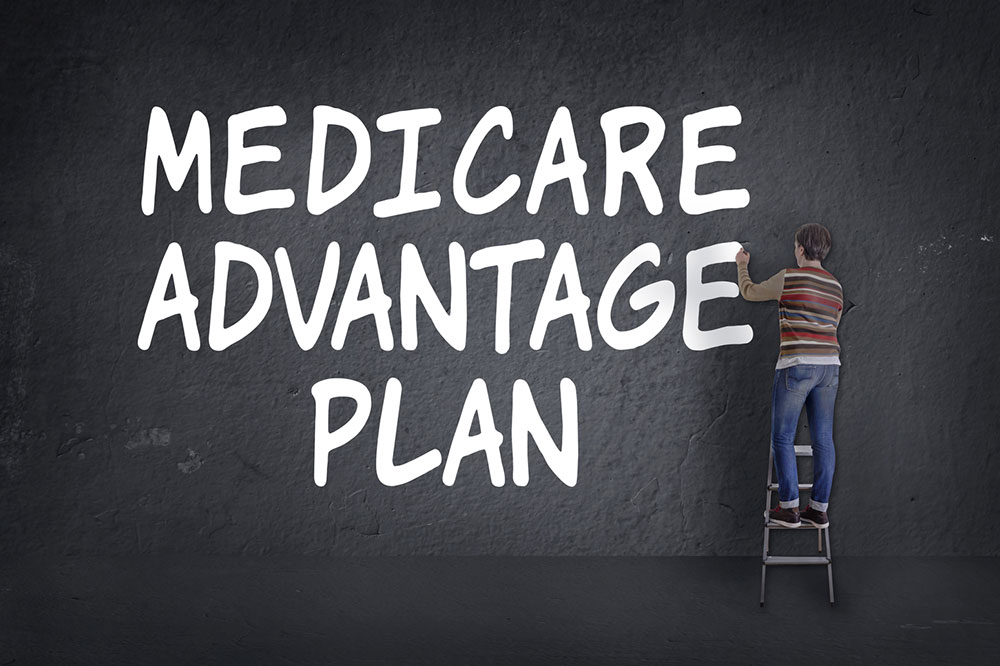Understanding Factors that Influence Medicare Supplement Plan Costs
Discover how various factors influence the cost of Medicare Supplement Plans. Learn about plan types, provider differences, application timing, and regional pricing to make informed healthcare decisions for seniors. Comparing options helps find affordable and suitable coverage tailored to individual needs.

Understanding Factors that Influence Medicare Supplement Plan Costs
With rising healthcare expenses, seniors often face difficulties securing affordable medical coverage. Medicare plans, while helpful, include out-of-pocket costs like copayments, coinsurance, and deductibles that can strain finances. Medicare Supplement plans, also called Medigap, offer additional coverage by private insurers to pay for costs not covered by Original Medicare, such as deductibles and copayments. However, they do not cover long-term care, dental, vision, or hearing aids.
Some Medigap plans include prescription drug benefits. These plans are available only to those enrolled in Medicare Parts A and B. Those with Medicare Advantage are ineligible for Medigap policies.
Premium costs vary depending on location and provider. It’s essential to understand factors affecting rates before selecting a Medigap plan.
Key elements influencing Medigap premiums include:
Type of Plan Selected
Medigap plans are managed by private insurers and offer standardized benefits, with variations depending on the state. Most states provide ten plans with core benefits like coverage for hospital and doctor visits, hospice costs, and blood transfusions. Some plans, such as Plan G, offer extensive coverage, including skilled nursing, Part A deductibles, and international emergency services, but at higher costs.
Insurance Provider
Premium rates differ by insurer. Shopping around for discounts, such as for non-smokers, can reduce costs. Providers often use different pricing models:
Issue-age-rated - Premiums are based on your age at plan start, making initial costs lower for younger applicants. Later increases are due to inflation or healthcare cost changes.
Attained-age-rated - Premiums increase as you age, typically leading to higher long-term costs.
Community-rated - Everyone pays the same regardless of age; premiums are adjusted regionally based on healthcare expenses.
Application Timing
The optimal window to enroll is during the initial 6-month Medicare Part B open enrollment period, when coverage cannot be denied or premium costs increased due to pre-existing conditions. Applying afterward may require medical underwriting, allowing insurers to reject applications or increase premiums based on health status.
State Differences
Medigap premiums tend to be lower in states like Iowa, Oregon, Hawaii, and New Mexico, while costs are higher in Massachusetts, Connecticut, New York, and California.
Major providers in the Medigap market include:
Aetna
Anthem
Blue Cross Blue Shield
Cigna
Humana
Mutual of Omaha
Transamerica
UnitedHealthcare
Before choosing a provider, review their ratings and customer feedback to ensure quality service. Contact multiple insurers for consultation to compare premium pricing and benefits.
Note:
This article offers general guidance; always verify details with official sources before making health coverage decisions. The information may not encompass all available plans or discounts.










